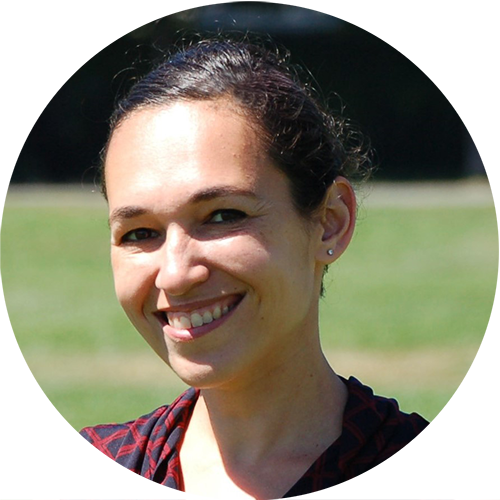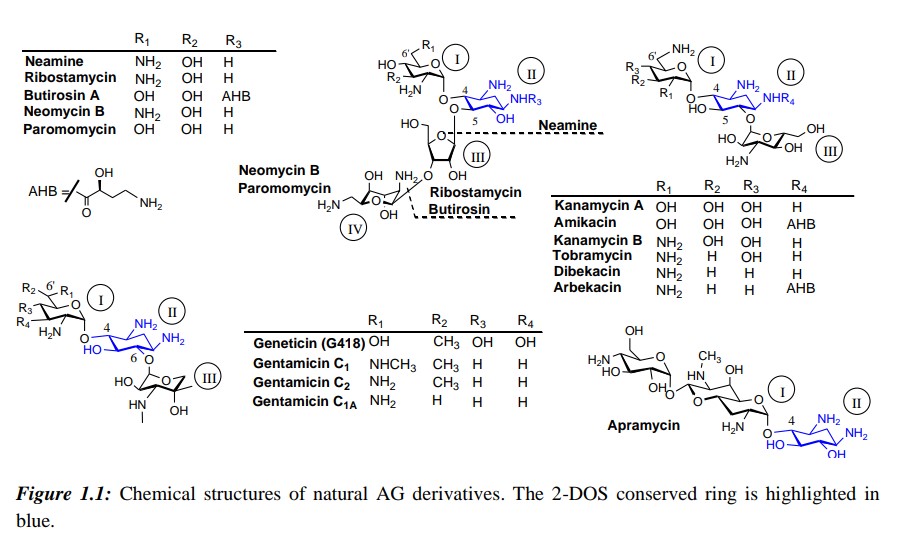
INTRODUCING
Prof. Moran Shalev Benami
Ph.D. Student 2013
email: moransb@weizmann.ac.il
Group Website:
http://www.weizmann.ac.il/CSB/Shalev-Benami
Elucidation of Aminoglycosides Modes of Activity in Eukaryotes: Towards Improved Therapeutic
Derivatives
Aminoglycosides (AG) are mostly known as highly potent, broad-spectrum antibiotics that exert their antibacterial activities by selectively targeting the decoding A-site of bacterial ribosomes, leading to aberrant protein synthesis. Recent studies suggested that the action of AG is not limited to bacterial ribosomes only; such studies demonstrated the ability of some AG to interfere with several aspects of eukaryotic translation. As such, AG were marked as excellent candidates for the treatment of nonsense mediated genetic disorders in human and as alternative treatments for infections caused by human parasitic protozoa. Nevertheless, despite the great potential of using AG for such additional therapeutic purposes, their use is quite restricted due to relatively high toxicity values in human and the information regarding their mechanisms of action/toxicity in eukaryotes is rather obscure.
Over the last few years several synthetic derivatives where suggested to overcome some of the enhanced toxicity issues as well as exhibited some improved activity and selectivity in eukaryotes; many of these derivatives were synthesized in our lab. These derivatives bear a great potential to serve as therapeutic candidates. However, the newly synthesized derivatives also demonstrated the necessity to further understand the molecular mechanisms in which AG confer their biological activity in eukaryotic cells for further rational drug design.
The present work aimed at exploring AG mechanism(s) of action in eukaryotes at the molecular level, by solving the X-ray crystal structures of AG bound to their putative binding sites in eukaryotes. These studies were based on the high conservation of the decoding site among all living kingdoms and the already published literature regarding their ability to interfere with eukaryotic translation. We present here the crystal structures of different AG molecules bound to RNA molecules serving as models of the human ribosomal A-site. In addition, crystal structures of two different AG molecules bound to a model of the Leishmania ribosomal A-site are also presented: Geneticin (G418), a potent AG for the treatment of leishmaniasis at a 2.65Å resolution, and Apramycin, a strong binder to the leishmanial ribosome lacking an anti-leishmanial activity at 1.4Å resolution. The structural data, coupled with in-vitro inhibition measurements on two strains of Leishmania, provides for the first time insight as to the source of the difference in inhibitory activity of different AG. The combined structural and biological data sets the ground for rational design of new derivatives as potential therapeutic agents against leishmaniasis and nonsense mediated genetic disorders.


